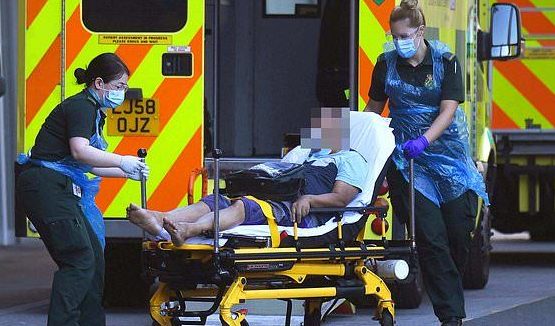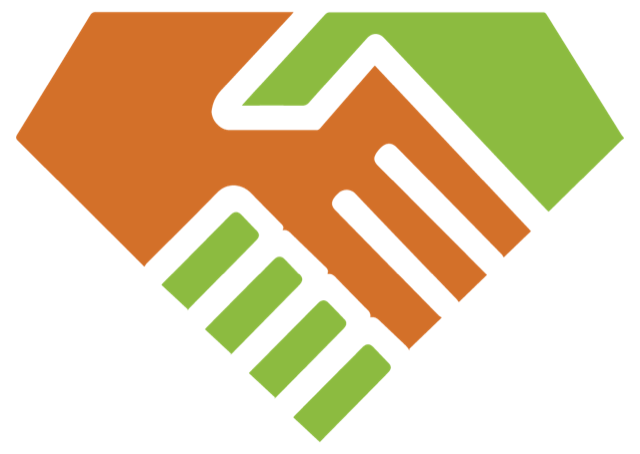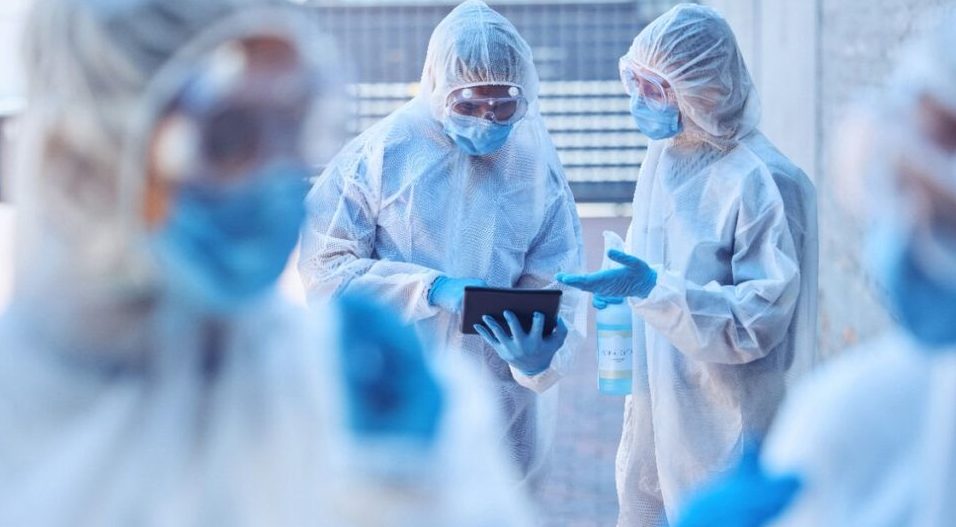PPE shortage is once again a real risk as the world faces a new wave of COVID-19. Early warnings and proper preparation are crucial to protect individuals, families, and communities.

COVID-19 Resurgence – Old Risks Return
After a long quiet period, many countries and regions worldwide have started to record a renewed increase in COVID-19 cases. According to WHO reports, since early 2025, SARS-CoV-2 activity has increased in the Western Pacific, Southeast Asia, and Eastern Mediterranean regions. The NB.1.8.1 variant, a subvariant of Omicron, is being closely monitored due to its rapid transmission and immune evasion capabilities.
Some New Developments Worldwide
India is experiencing a mild outbreak with over 4,300 active cases (as of early June 2025) and nearly 300 new cases per day. The government confirmed NB.1.8.1 is dominant and recommended people return to preventive measures such as wearing masks in public places.
Singapore: According to the Singapore Ministry of Health, COVID-19 cases increased from 11,100 to 14,200 during the last week of April to early May 2025, a 28% rise. The cause is believed to be waning community immunity and the emergence of the new NB.1.8.1 variant.
Queensland reported over 15,000 COVID-19 cases in 2025, averaging more than 100 cases per day. Notably, one-third of new cases were people aged 65 and older.
Risks from Subjective Psychology
After more than two years of “living with the virus,” many individuals and organizations have relaxed preventive measures. This creates ideal conditions for new variants to develop and spread.
Global surveys and social observations also show a decline in compliance with preventive measures such as mask-wearing and physical distancing in public compared to peak pandemic years.
The Role of PPE in Preventing Resurgence
Although the severity has not reached the peak period of 2021, signs of the virus’s return have made many people and businesses worried — especially about the potential recurrence of PPE shortages .
The resurgence serves as a strong reminder that PPE still plays a crucial role in protecting public health, especially vulnerable groups such as healthcare workers, the elderly, and people with underlying conditions.
During the early pandemic, we witnessed hospitals running out of masks, healthcare workers reusing protective gear, and people lining up to buy masks at 5 to 10 times the normal price. Have we learned the lesson and prepared better this time?
Lessons from Previous PPE Shortage Crises
When the COVID-19 pandemic broke out in early 2020, the world experienced a “global PPE shortage crisis.” PPE shortages left many healthcare workers and citizens inadequately protected against infection risks, causing severe consequences and valuable lessons.
N95 masks, medical protective clothing, gloves, and face shields quickly became scarce items. Supply chains were disrupted, domestic production could not keep up, and prices skyrocketed.
Businesses also struggled to ensure employee safety when returning to production.
PPE Shortages Severely Impact Healthcare Worker Safety
Many healthcare workers worldwide, from doctors to nurses, had to work under insufficient protection, increasing cross-infection risk in hospitals.
During the first wave of the pandemic, hospitals around the world faced a critical PPE shortage, forcing staff to reuse protective gear and increasing the risk of cross-infection.
High infection rates among healthcare workers reduced treatment capacity and added strain to healthcare systems.
Global Supply Chains are Vulnerable to Disruption
Most PPE production is concentrated in a few countries, resulting in high dependence on foreign supply.
When the pandemic broke out, lockdowns and transport restrictions caused severe PPE shortages in many countries.
Ineffective PPE Stockpile Management
Many countries and organizations lacked appropriate PPE stockpile strategies or did not maintain sufficient strategic reserves, contributing to PPE shortage during emergencies.”
This caused untimely and uneven PPE distribution, resulting in oversupply in some areas and shortages in others.
The Necessity of Innovation and Diversification of Supply
The PPE shortage spurred innovation: reusable PPE, alternative materials, and local manufacturing using 3D printing and recycled materials emerged.
Many countries recognized the importance of developing diversified PPE supply chains to reduce reliance on a single source.
Community Awareness and Education about PPE
Lack of knowledge or misinformation about proper PPE use also contributed to reduced protective effectiveness.
Communication campaigns and training to raise community awareness on PPE importance and correct usage were intensified.
The Importance of These Lessons in the Context of COVID-19 Resurgence
As COVID-19 risks resurgence with new variants, drawing lessons from past PPE shortage is essential for better preparation for similar situations:
-
Strengthen PPE stockpiling and management: Countries need to maintain adequate, diverse PPE stockpiles with plans for rapid distribution.
-
Develop sustainable supply sources: Invest in domestic PPE production and diversify supply to reduce disruption risks.
-
Raise awareness and training: Ensure healthcare workers and the public understand proper PPE use to improve protective effectiveness.
-
Apply technology and innovation: Encourage the development of reusable, environmentally friendly PPE and advanced manufacturing technologies to meet future demand.
Why is There Still a Risk of PPE Shortage in the New Wave?
Even with improved supply chains, a sudden spike in demand could result in another PPE shortage if proper planning is not in place.
Sudden Spike in Demand in a Short Time
When the outbreak recurs, especially with highly transmissible variants, PPE demand in healthcare and the community can rise rapidly, exceeding current supply capacity.
Hospitals and medical facilities need large PPE quantities to protect staff, while the public also increases mask and protective gear purchases.
Global Supply Chains Still Face Many Risks
Though improved, PPE supply chains can still be disrupted by factors like international transport restrictions, raw material price volatility, or labor shortages at manufacturing plants.
Trade protection policies or export restrictions may also affect PPE supply between countries.
PPE Stockpiles Not Maintained or Renewed Adequately
Some countries or organizations have not maintained PPE stockpiles at safe levels, or PPE reserves have expired and not been replaced in time.
Lack of plans for updating, inspecting, and replenishing PPE stocks makes the system vulnerable to shortages when demand surges.
Subjective Psychology and Uneven Distribution
In many places, after peak waves, subjective attitudes led people and organizations to reduce PPE purchases and stockpiling.
Meanwhile, in outbreak hotspots, PPE demand suddenly rises, causing supply-demand imbalances and shortages at these critical points.
Challenges of Cost and PPE Production Investment
PPE production and storage costs are relatively high, causing many manufacturers not to prioritize maintaining large output during calm pandemic periods.
Investment in advanced, environmentally friendly PPE production technology remains limited in many places, affecting the ability to respond quickly to demand surges.
In summary, the risk of PPE shortages in the new wave is not only due to production issues but closely related to stockpile management, supply chains, trade policies, and community awareness. Thorough preparation, multi-party coordination, and sustainable investment are key to minimizing this risk in the future.
Types of PPE at High Risk of Shortage
In the context of COVID-19 resurgence and other outbreaks, not all PPE types face equal shortages. Some PPE types are at higher shortage risk due to high demand, complex production, or high costs. The most likely scarce PPE include:
-
Medical masks & N95/KF94: These provide the highest protection level, effectively filtering ultrafine particles, viruses, and bacteria. Due to technical characteristics and complex production, N95 masks often have limited supply and are prone to shortages during sudden demand spikes, especially in hospitals and healthcare facilities.
-
Medical gloves: High demand, especially in hospitals, labs, and healthcare facilities, puts strong pressure on supply.
-
Full-body protective suits: Medical protective clothing for high-risk environments requires waterproof materials to block virus entry. Production demands special materials and strict inspection processes, so rapid capacity increase is difficult when needed.
-
Protective goggles and face shields: These protect eyes and entire face from virus-containing droplets. Although materials are not complex, rising demand, especially in outbreak hotspots, can cause temporary shortages.
-
Hand and surface sanitizers: Quickly depleted if outbreak news spreads.
What Should Individuals and Businesses Do to Be Proactive?
Preparing and proactively using personal protective equipment (PPE) is not only the responsibility of governments or health agencies but also requires close coordination from individuals and businesses. Here are some practical actions to reduce PPE shortage risks and strengthen disease prevention:
For Individuals:
-
Maintain proper PPE use habits: Always wear masks correctly in public, especially in high-risk areas or where new cases appear.
-
Use PPE appropriately: Do not overuse N95 masks unnecessarily; medical or quality fabric masks can protect yourself while saving high-grade PPE for healthcare workers.
-
Prepare adequate PPE stockpiles: Buy and stock masks, hand sanitizers, and medical gloves in moderate quantities to avoid waste or supply pressure.
For Businesses:
-
Develop PPE stockpile plans: Companies, especially in services, healthcare, or with many employees, should plan PPE procurement and stockpile sufficient quantities for emergencies.
-
Train employees on PPE use: Organize training sessions on proper PPE use to ensure effective disease prevention and avoid waste.
-
Optimize PPE resources: Use PPE rationally, prioritize products suitable for each job to extend usage time and avoid unnecessary consumption.
-
Collaborate with reputable suppliers: Build long-term relationships with reliable PPE suppliers to ensure stable, quality supplies.
-
Apply technology and innovation: Encourage use of reusable protective gear or technology for better PPE monitoring and management.
-
Invest more in automatic disinfection devices, air purifiers, and proactive disease prevention measures.
Conclusion: Early Action to Avoid Being Passive
The PPE crisis is not only a medical risk but also a test of the preparedness and response capacity of individuals, organizations, and countries. As COVID-19 risks returning, do not let yourself fall into a passive situation.
A repeat of the global PPE shortage seen in 2020 must be avoided. Preparedness today is the best defense for tomorrow.
Proactively preparing and using PPE not only protects personal and community health but also helps reduce pressure on healthcare systems and supply chains. Coordinated efforts among individuals, businesses, and authorities are the key to safely and effectively overcoming resurgence waves.
Call to Action

TM&DV 8688 COMPANY LIMITED – your trusted partner in providing high-quality, diverse PPE products that fully meet safety standards. We commit to:
-
Supplying personal protective equipment with clear origins.
-
Ensuring product quality standards so you can confidently prevent disease.
-
Fast delivery, on-site service, and dedicated consultation to help choose the most suitable protective solutions.
-
Competitive pricing, meeting all business scales and individual needs.
Do not let PPE shortages become a barrier to protecting your health!
Contact TM&DV 8688 COMPANY LIMITED now for professional and reputable consultation and PPE orders.

